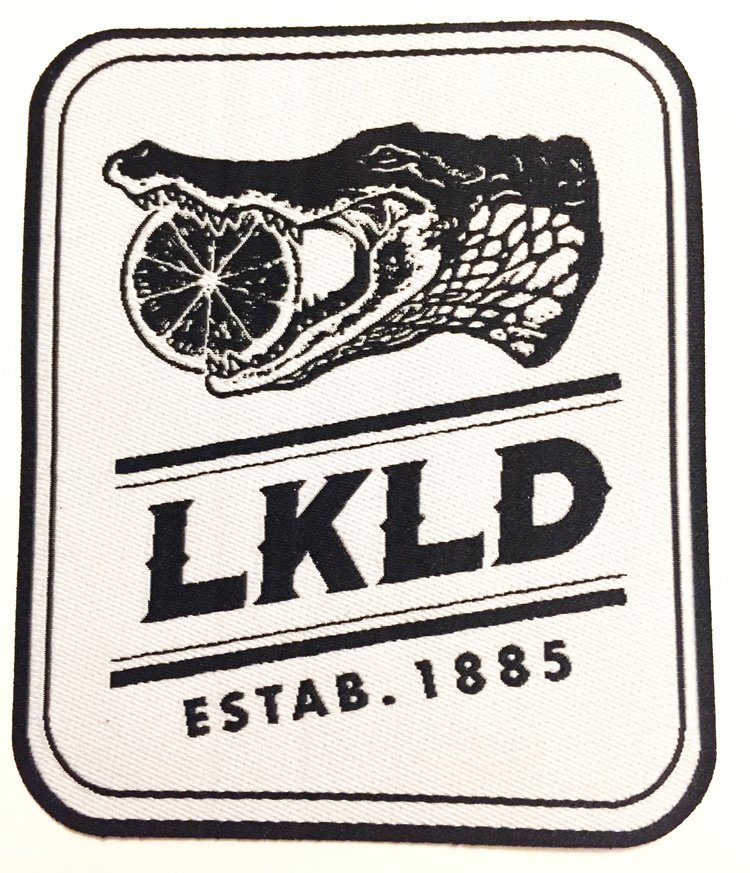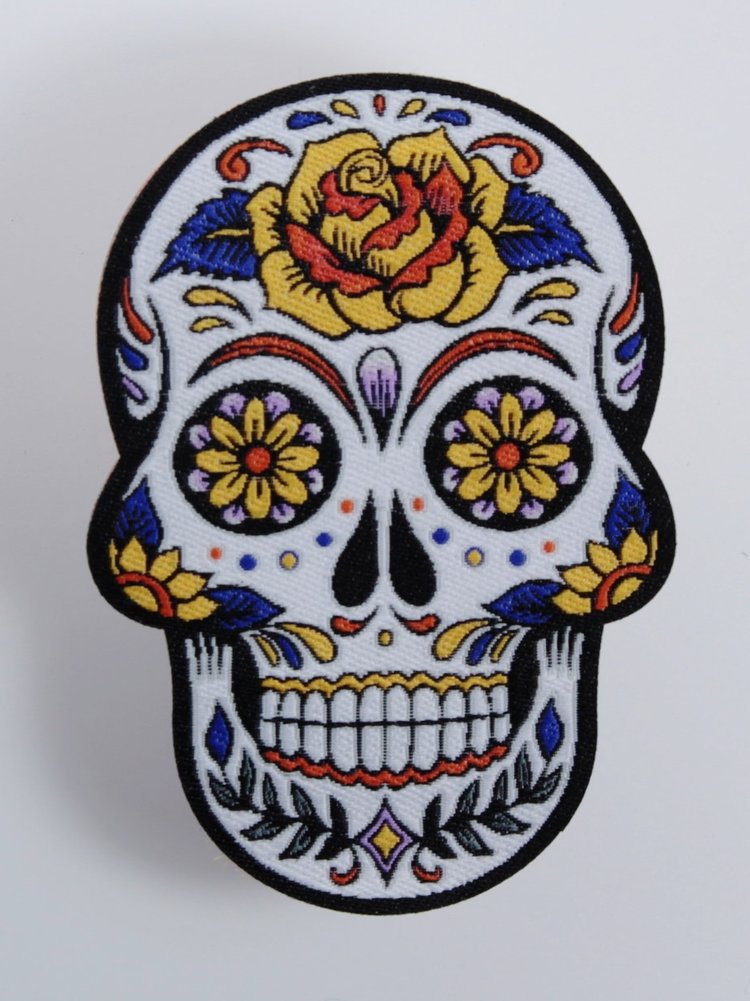Challenge Coin Facts
Military challenge coins have an interesting history and can be used as reminders of special events or friends. Here are some facts you need to know about them.
Challenge coins can be offered by superior officers to members who are participating in a specific program or mission. These medallions are typically two inches wide and made of metal. It’s not uncommon for them to be traded between personnel and have seen an increasing popularity to commemorate events outside of the military.
If you’re new to the concept of challenge coins or if you’ve just received your first one, you should get to know what they’re all about. Here are six facts about military challenge coins that you probably didn’t know.
1. Military Challenge Coins Are Collector’s Items
Go to any flea market or military supply show and you’re sure to come across a few display cases worth of challenge coins. Every coin has its own story and they are often tied to the history of a particular mission, unit, or organization. Because they’re fairly easy to produce, offices can produce enough to distribute to every member.
While there are rare coins are made of solid gold, while others are made of cheaper brass or zinc.
Some coins will be rarer than others. This is fairly easy to discern from the content of the coin itself. If the coin commemorates an event or a unit you’ve never heard of, there might have been only a few produced.
Coins that are rarer will yield a higher value and carry a special premium to any collector who receives one.
If you know of anyone who was in the military, they might have a coin or two that are sitting and collecting dust under the bed. Ask around so you can start building your collection.
2. History Buffs Love Challenge Coins
If you or anyone you know has a deep love of history and military campaigns, challenge coins can be great centerpieces for conversation.
History buffs might know that military challenge coins were given out in ancient Rome after a soldier returned from a particularly serious battle. They were replaced with other symbols until the first World War where one rich lieutenant made them for his own unit.
During that war, one soldier rescued by American allies was assumed to be German or to be a spy. The only piece of identification he had was the bronze coin his lieutenant had offered him.
By presenting his coin, he was supposedly spared from death at the hands of his own country’s allies. This is what gave them the name “challenge coins” and made them a practical and powerful instrument in the fog of war.
3. They Are Expected To Be Presented
The instances of being presented with a challenge where you have to show your coin are rare and specific. To increase morale, troops decided to find other reasons to have to present them. One is a game where the last person to put down their military challenge coin on the table needs to buy the next round of drinks.
This comes from a German drinking tradition where one person calls for everyone to put a penny or pfennig on the table.
While there were still some instances where the coins would need to be used for identification, over time it became more of a morale booster. You could be a bar and suddenly hear a cacophony of slams and realize it’s time to slam your own on the table.
4. Coins Can Be A Recruiting Tool
Inside and outside of the military, challenge coins can be used to recruit new members. They are passed during a handshake to tell new members that they are one of the in-crowd.
They provide a symbolic representation of achievements and alliances to be made by joining a group. It could be something as clandestine as a secret society or something as important as a fire department.
Even though they were created to acknowledge the service of military staff, they are now used in civilian life for all kinds of recruitment efforts.
5. They Commemorate Civilian Events
Military challenge coins no longer need to be tied to war and conflict. They can be used by companies to recognize the achievements of their best sales staff. As the price to produce them has decreased, they can even be used for something like commemorating a stag trip or family reunion.
Even within the military, the exchange of coins is more tied to camaraderie and social networking than for their identifying purpose. You will still find some groups keeping up the tradition of the drink-buying challenge.
You now find interesting custom logos from organizations, corporations, and social clubs all throughout the challenge coin world. They can now be found honoring people who reach a special executive or cultural achievement as often as they’ll be given out within the military.
6. Most Presidents Have a Special One
Since the 1990s, presidents have been creating and handing out their own challenge coins. They will make one version available in gift shops and for the general public.
The last few vice presidents have also produced their own challenge coins to hand out in honor of some civilians.
If you ever get recognized by the president for your contributions to the country, expect to be handed one directly from them.
Military Challenge Coins Create History
When someone commissions a challenge coin for their company, association, or military group, they are creating a marker of history. Each person who receives one is known to have a special connection to the event or the organization depicted on the coin. This makes everyone involved feel uniquely tied to an elite group of people.
PITCH AND RUDDER SERVICES
Making custom quality challenge coins and Military belt buckles are our specialty. If you’re interested in getting a designing a custom buckle or Quality Challenge coin for your Division, Command, or Mess we’ve streamlined the process, click the get started link at the bottom of the page and someone from our design team will be with you within 48 hours to bring your vision to life.



